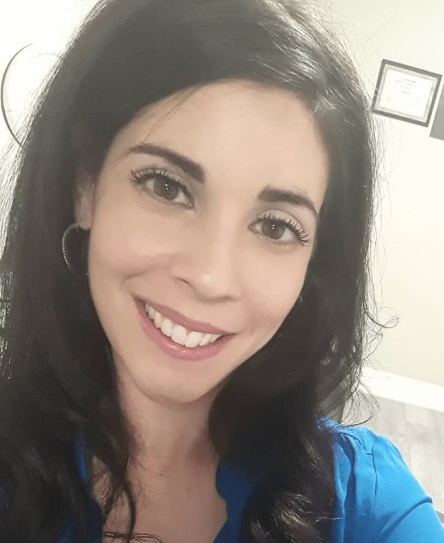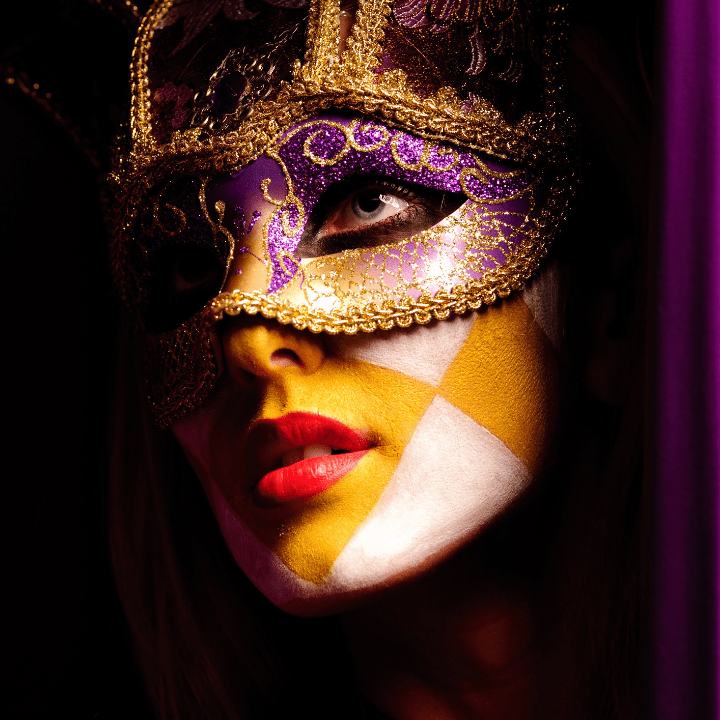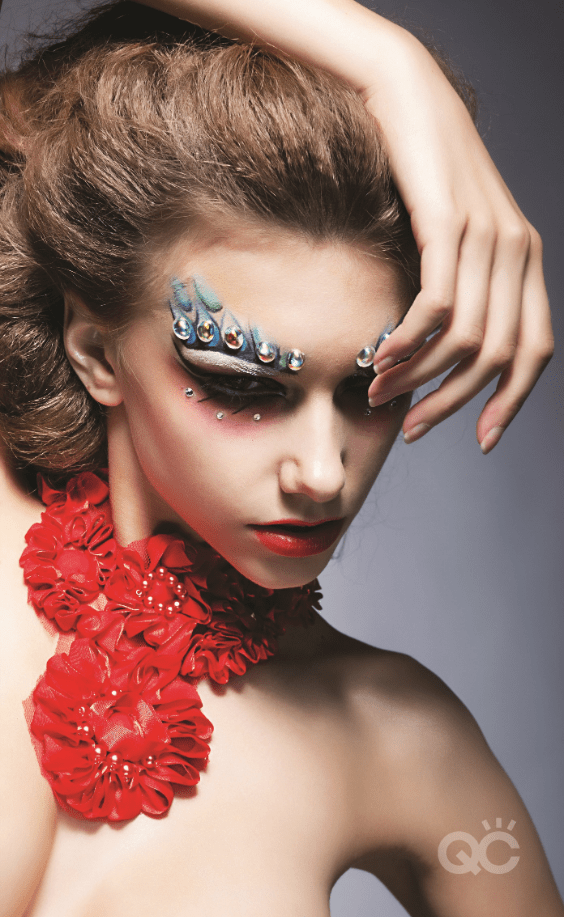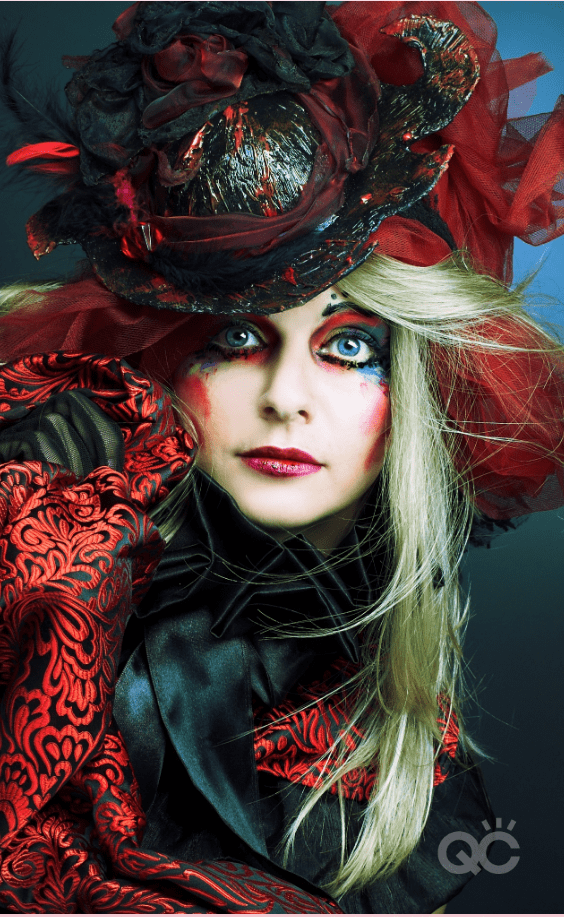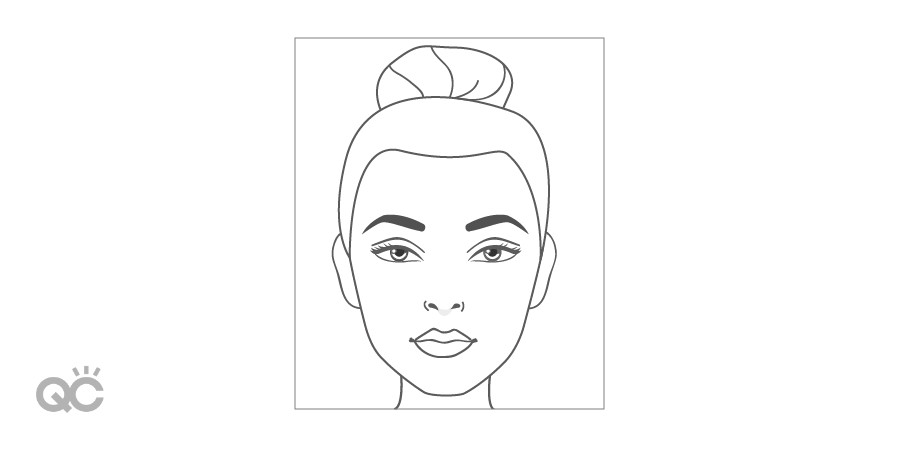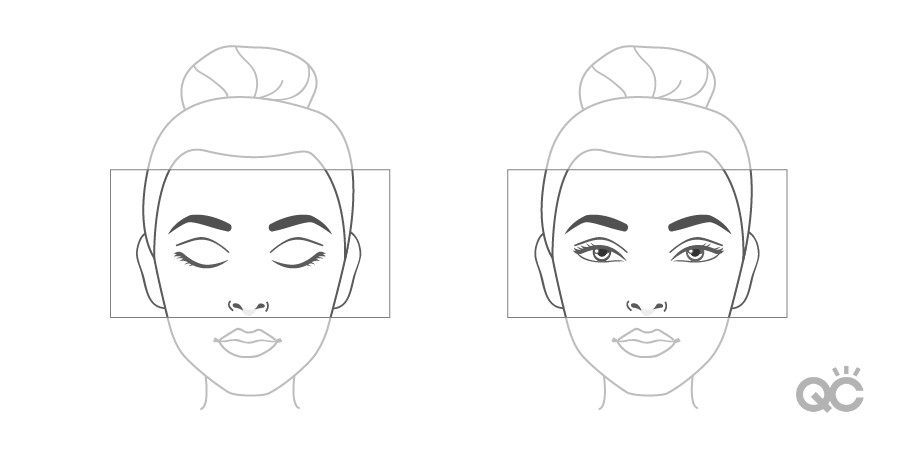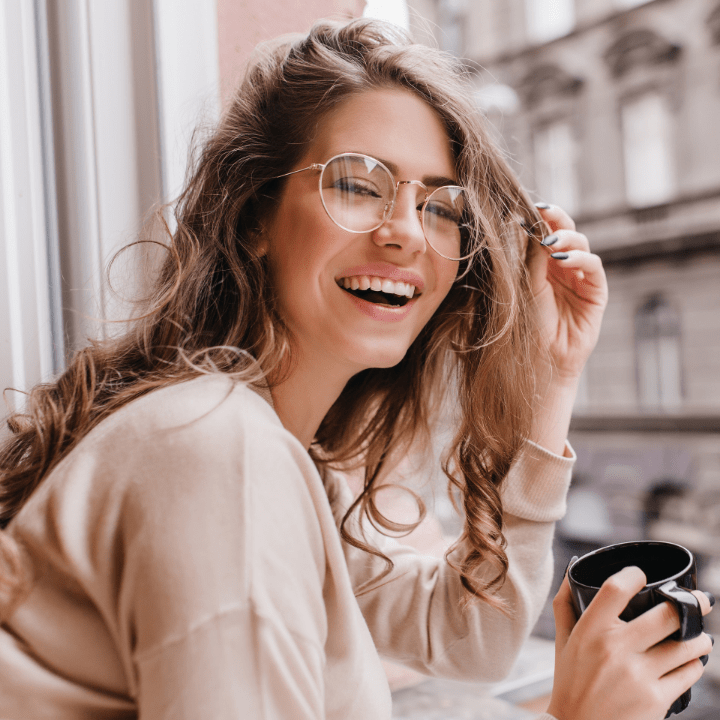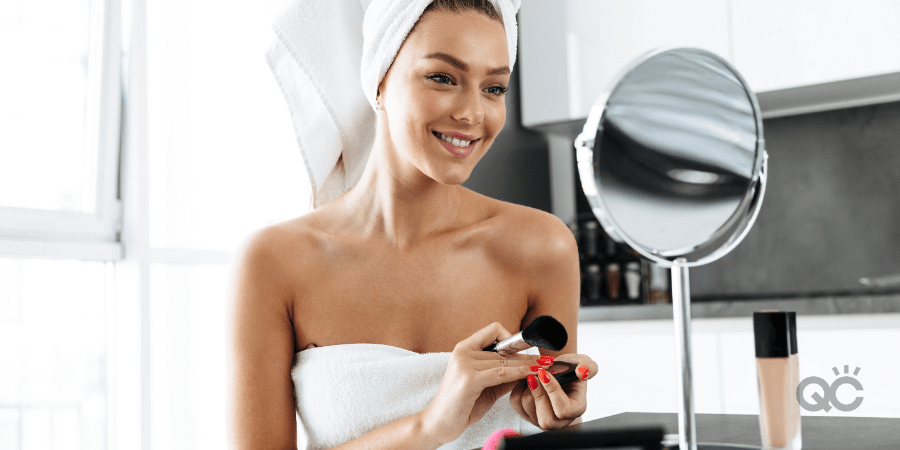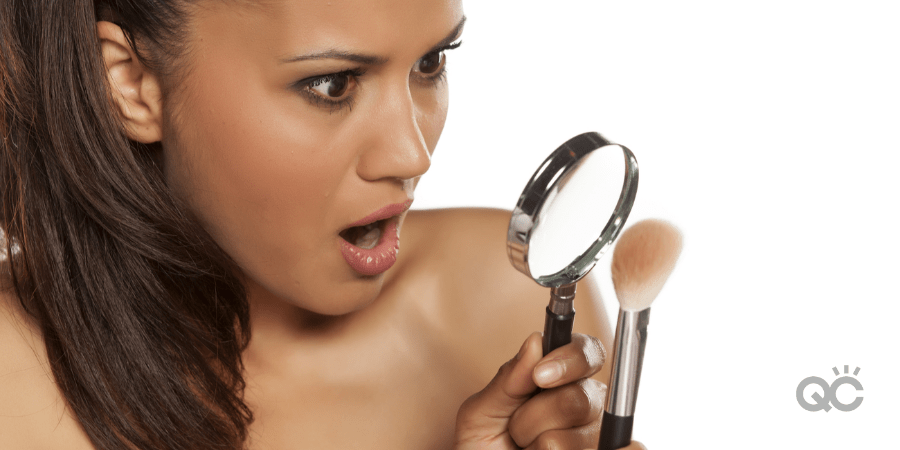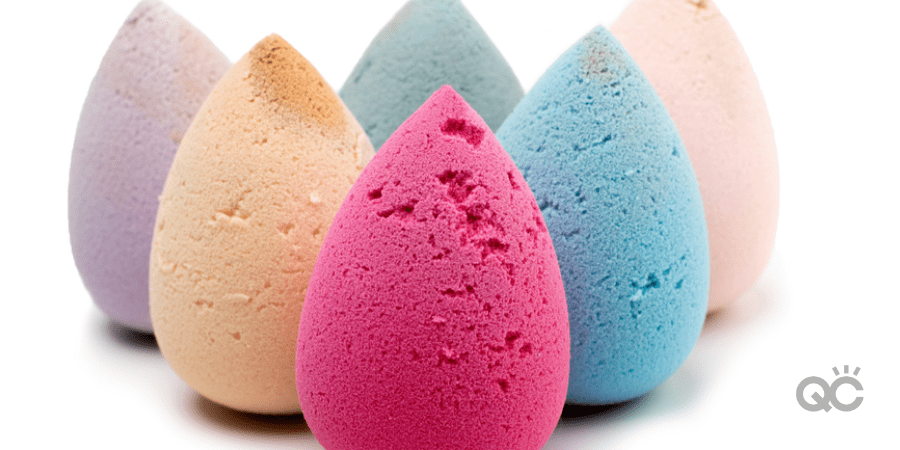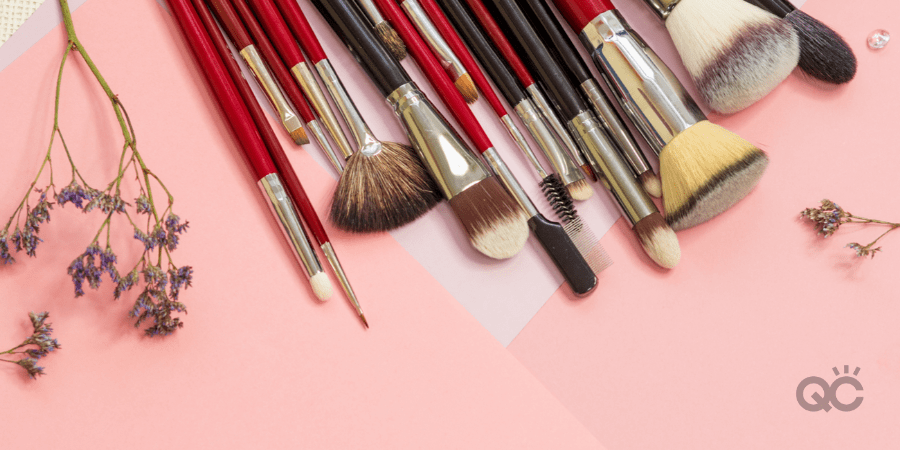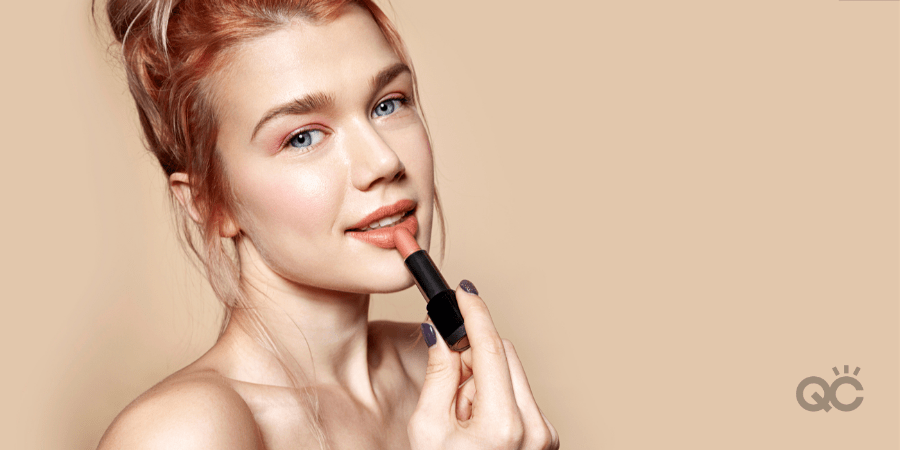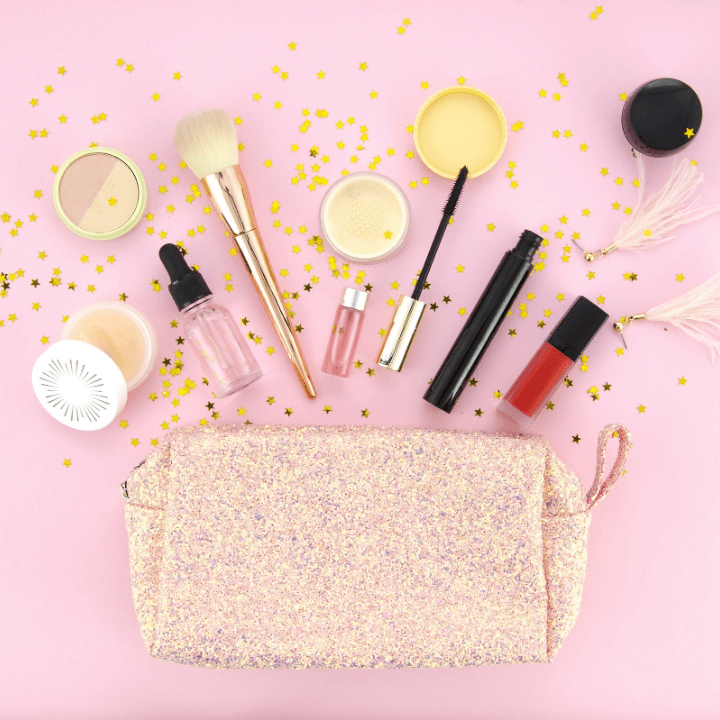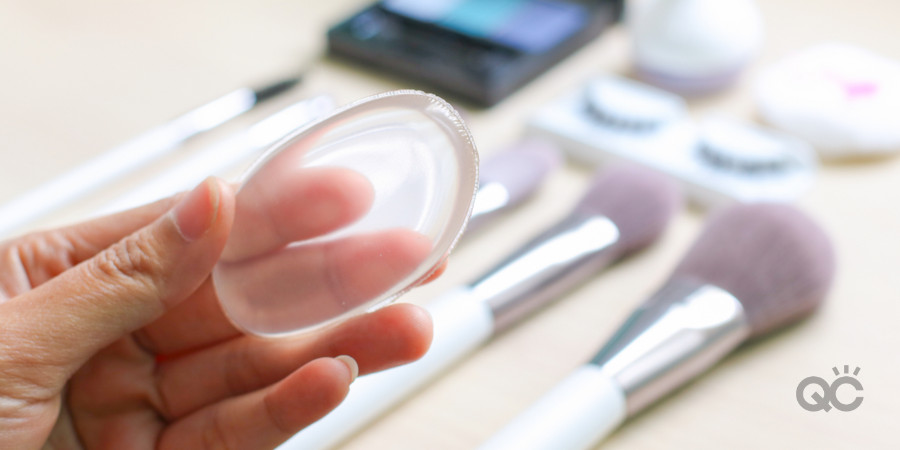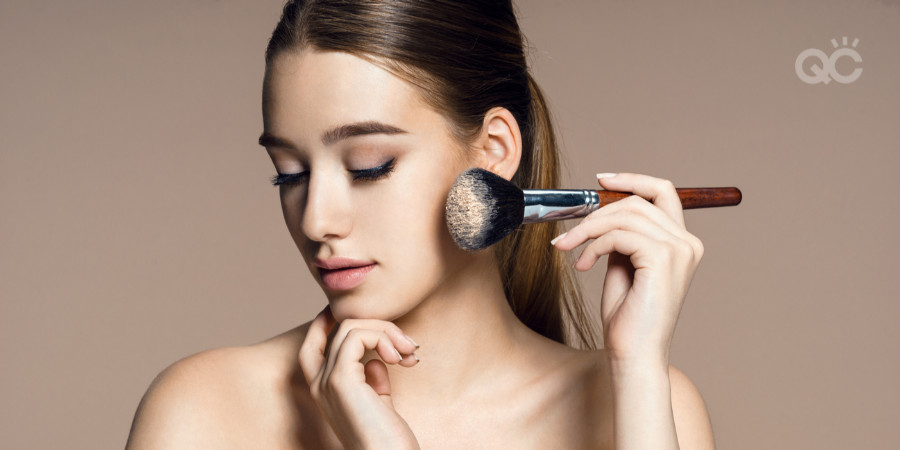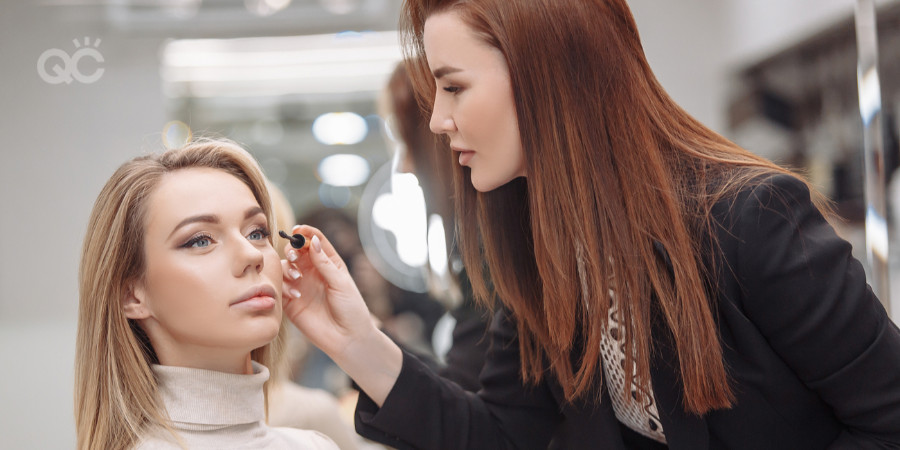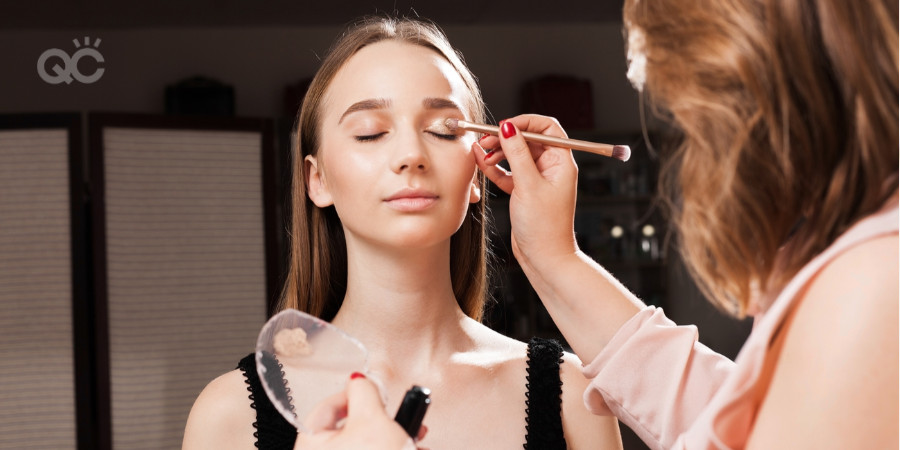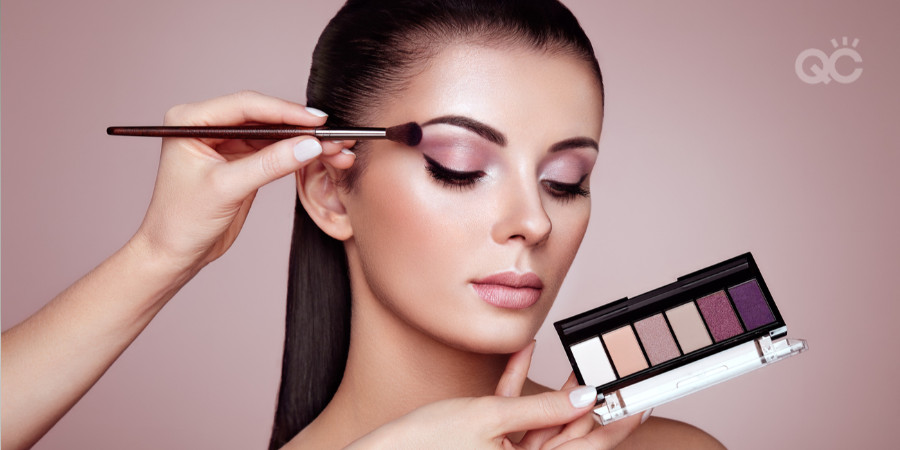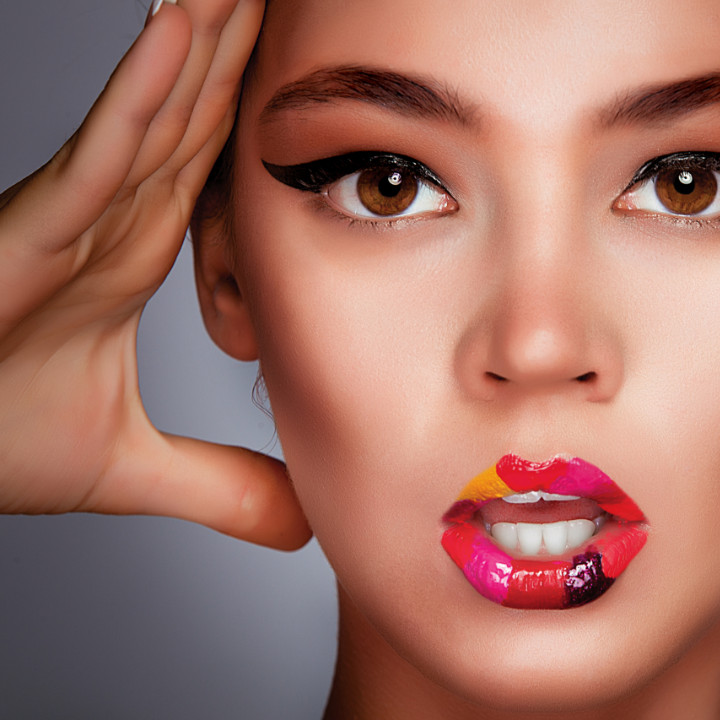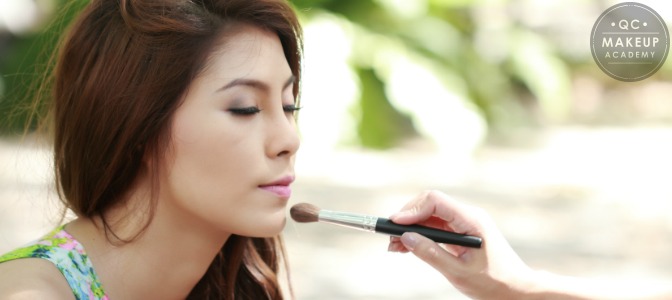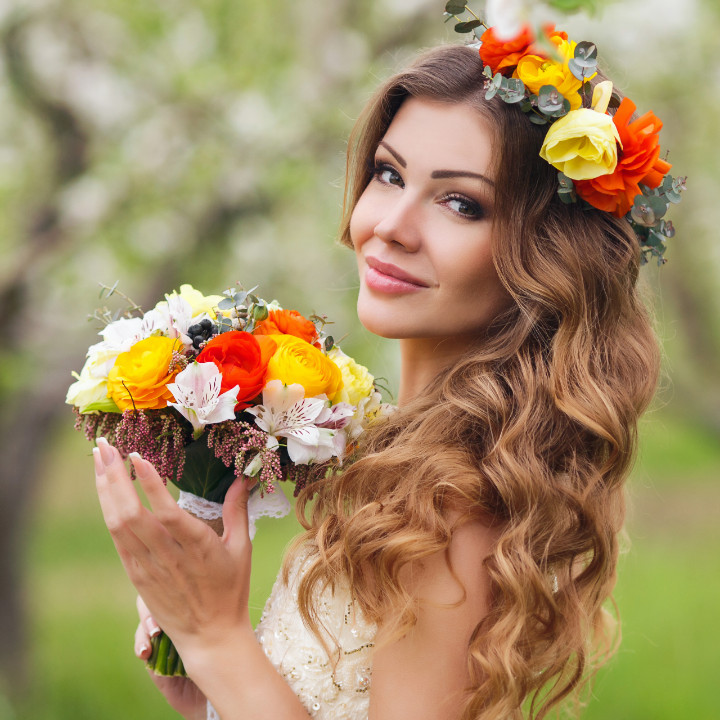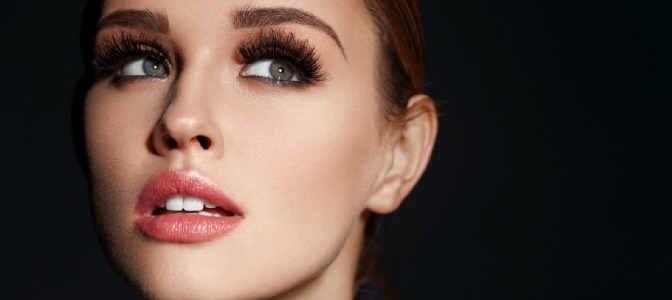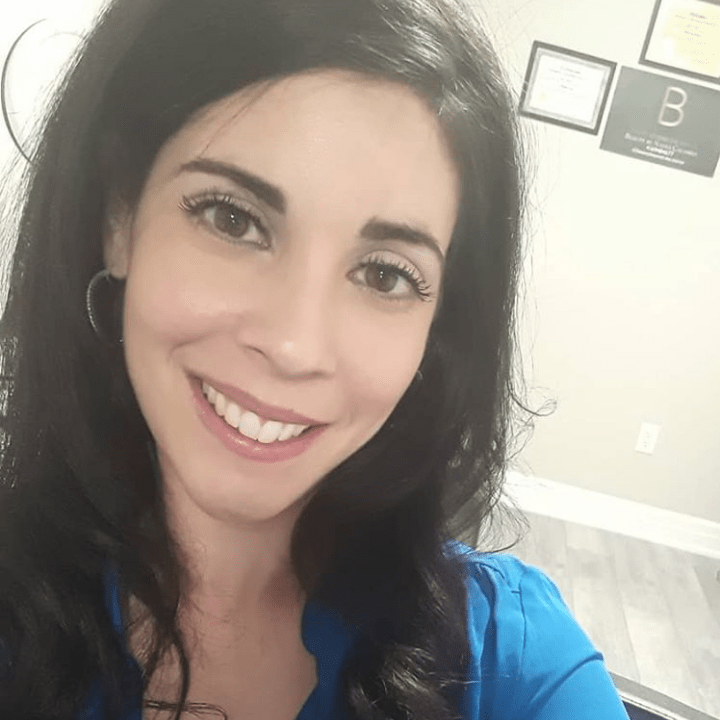
Tell us a little bit about yourself!
I am 30 years old, and was born and raised in Toronto, Ontario. I’m married and have two beautiful sons, who are 6 and 3 years old. I went to beauty school in 2009 (right after high school), and graduated within 15 months.
While there, I obtained my hairdressing diploma, as well as my makeup, waxing, facial, and manicure certificates. Since then, I’ve been working as a hairstylist. For the past few years, I’ve been running a successful business from home. This has allowed me to balance my career with caring for my young children as well.
Why did you decide to earn your makeup artist certification?
I’ve always loved every part of the beauty industry. It’s in my blood! My father owned a company that distributed salon and spa products, and my mom was a makeup artist. I always loved playing with different products, fixing myself up, and asking others if I could do their hair and makeup.
When I was younger, the road lead me towards the hair industry. I’ve loved every minute of it! I found, though, that when I do hair for my clients, a lot of the time they ask if I offer makeup services as well. I always knew that it was logical to expand my business by offering more services.
But it really wasn’t until the last few years, while I’ve been at home with my boys, that I finally had the chance to expand my knowledge and skills. I’ve always loved makeup and had my eye on it – but to be honest, I was intimidated. I compared myself to everyone else’s work. I never really thought I could be good at it, even though I loved it.
But I had a consistent and intense urge; something telling me I needed more. My heart knew it was makeup. One day, I saw an ad for QC Makeup Academy. That same day, I did some research and knew right away that this was the program for me. I quickly signed up, and I will forever be grateful for that day!
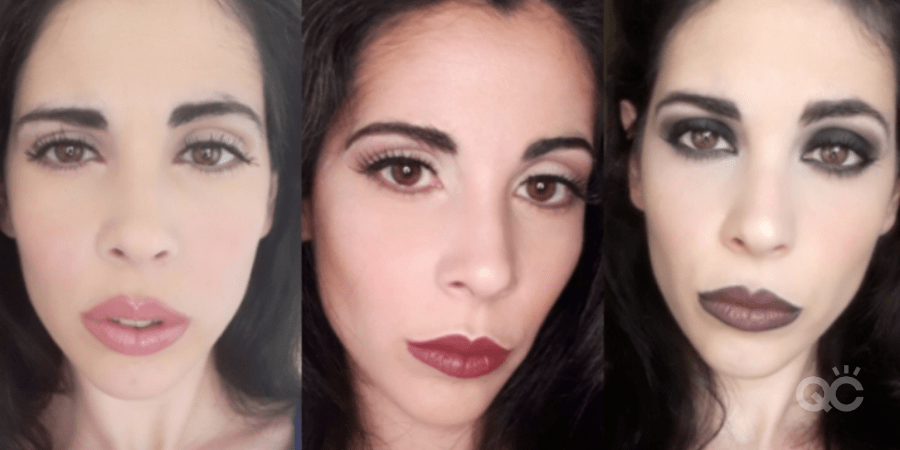
What’s the meaning behind your business’s name, Beauty Beyond the Mirror?
I have to be honest… A few years back, I pushed aside my love for the beauty industry. My passion dwindled and I truly believed it just wasn’t for me. I allowed myself to fall into this place because of prior experiences I had working at salons.
When I was working in salons, I was told this wasn’t the world for me. I didn’t look the part. I didn’t act the part. My work wasn’t that good. I heard these vicious criticisms, and it broke me. Confidence has never been my thing. Hearing these things validated what was already lurking in the back of my own mind.
During this time where I let go of my dreams, I had this moment when I looked at myself in the mirror and said, “What happened to me?” I was a mess, in every aspect of the word, and it was most evident in my appearance. It was a terrible realization, especially since I loved the beauty industry so much.
It was in that moment that I promised to find myself again! I wanted to look in the mirror and see the person I wanted to be. Over time, I found there was something within me that was worthy.
My greatest lesson was that not all things are visible to the eye. We never know what a person is battling. Some of the hardest and most beautiful things lay beyond the surface. The same can be said about the beauty industry. It’s about feeling self-love and worth.
What I want for my clients is to allow the person they are to be present in its entirety. It’s to give them that moment where they look in the mirror and see themselves again. The first step is finding ourselves and loving ourselves, every part of ourselves. Sometimes, that means looking beyond the mirror.
How would you describe your makeup style? Do you have a particular niche?
I always describe myself as a sucker for the timeless, classic beauty looks! I picture woman like Marilyn Monroe and Audrey Hepburn, and I see beauty that truly never dies. I tend to gear toward these kinds of looks.
But I have to say that QC Makeup Academy has opened my eyes to a LOT of different styles that I never thought would appeal to me! Not only that, I have learned a lot about myself and the artistic skills I have. This has pushed me to try new things.
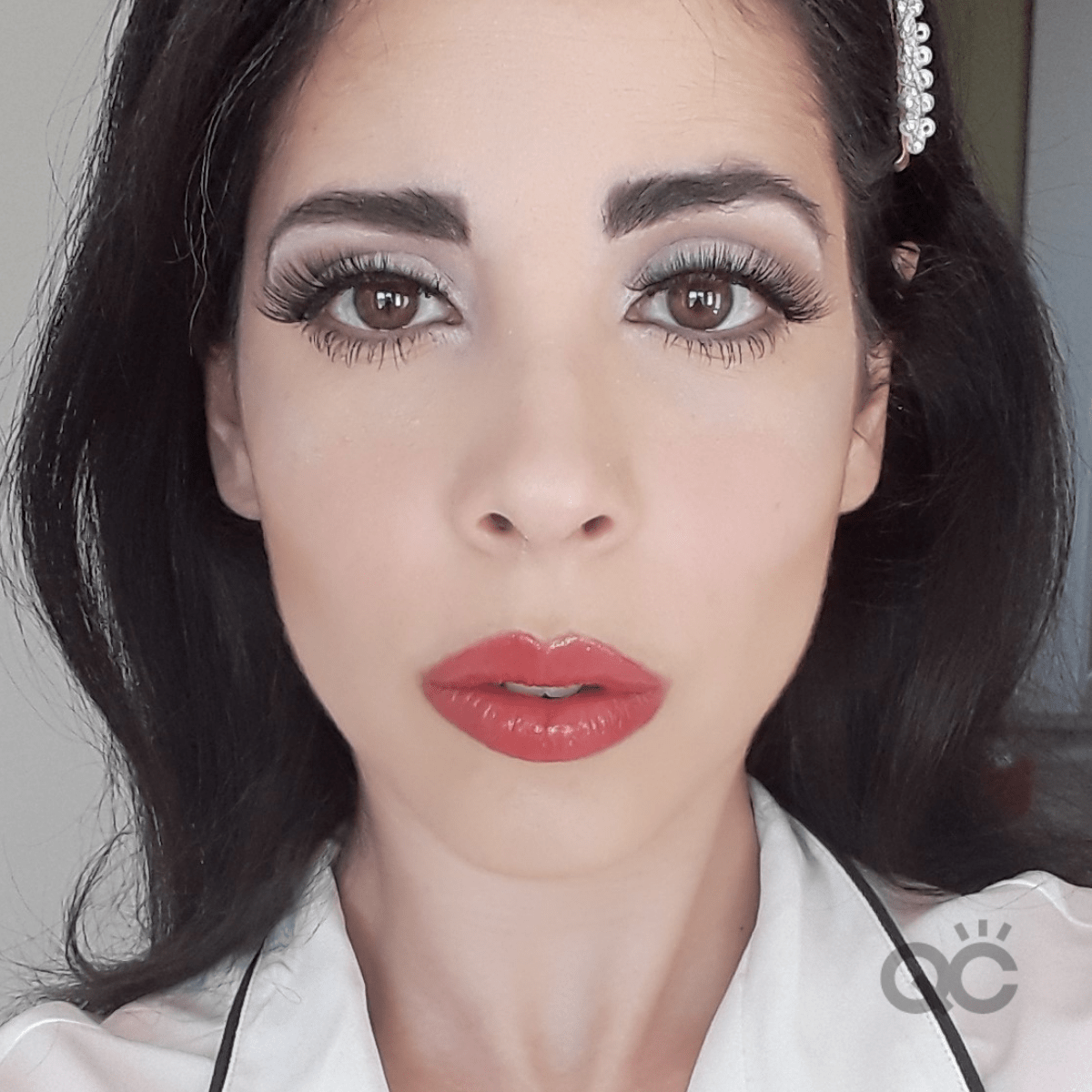
You’ve recently earned your BARBICIDE® Certification. For those who may not be familiar, can you tell us a bit about what this is and how it benefits your makeup business?
I became familiar with BARBICIDE® when I was in beauty school. As a hair stylist, BARBICIDE® is something you must use on a daily basis! It’s a disinfectant solution that’s used to disinfectant all of your tools.
It’s so critical in our profession that we use the right products, and keep everything as clean as possible. Without proper sanitary practices, we risk our business and reputation.
There’s no better time to acquire an updated certificate than now, in light of COVID-19. We work in a profession where we can’t avoid physical contact, and our tools are used on multiple people per day. In order to ensure it does its job of keeping ourselves and everyone we service safe, it’s important to use it properly.
I would recommend this to anyone especially during this time!
How did the optional Business component of your makeup artist certification training help prepare you to become an entrepreneur?
As a mom who’s been working from home the past few years, I already knew that I wanted to build my own business. When I saw that the last unit of the Master Makeup Artistry Course was all about Business training, I could not say no!
Part of the unit was to research an artist in your area. You had to look at the services they provided, and the price points for these services. This gave me insight into my local competition, and what I should (and shouldn’t) be charging in order to bring people in. It also made me sit back and really think about where I wanted my career to go from here.
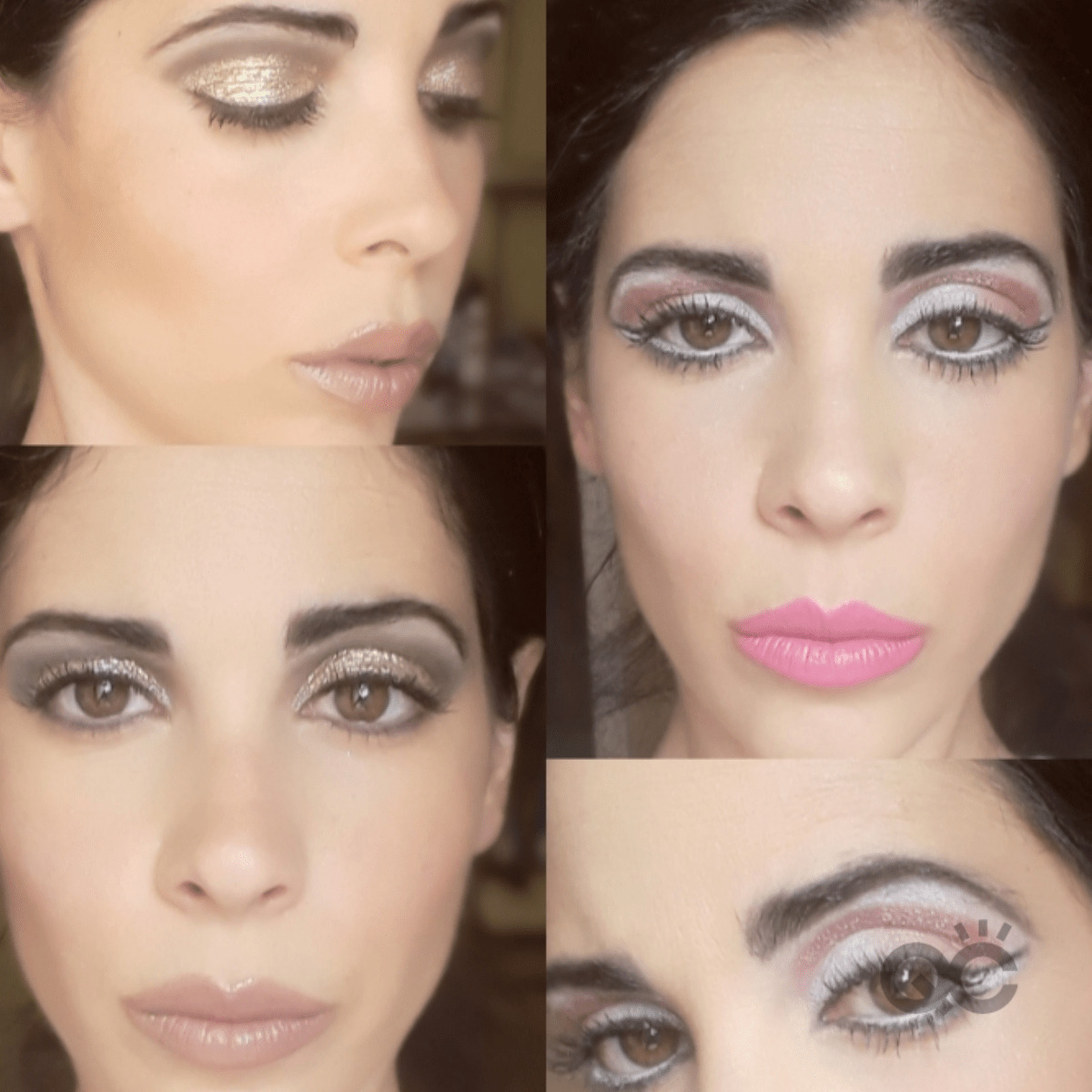
Did I want to work at a beauty counter? Did I want to work at a salon again? Did I want to specialize primarily in bridal makeup? Etc.
I also got to start my own portfolio. I learned all about the things people would be looking for in there, as well as the things that could make people think twice. I think it was a great way to get the wheels in my head spinning, and put my first foot forward into building a plan for my future!
What has been the most challenging part of starting your own business? What about the most rewarding?
The most challenging is the fear – the “what if I fail?” worry.
I wonder if I’m cut out to build a business, if I have what it takes to really succeed, and if I can truly make something of myself. When you go to work for someone who has had a business for years, they’re already developed. You get the chance to work with the clients they’ve already accumulated throughout the years.
When you open your business, you have to build everything from the ground up and find ways to get your name out there. The most rewarding thing about being on this path is that it is mine, in every meaning of the world. It’s my dream that I worked so hard for, and held strong with my passion and dedication.
It’s knowing that every day, I can wake up and do what I love. I can tell myself, “I did this.” It’s that feeling of accomplishment; like you finally are where you were always meant to be.
You did SUCH an incredible job in your MMA Course. Congratulations! Overall, how did you find the program?
Thank you so much! Honestly, the MMA Course was even better than I ever thought it would be! The content, the videos, and Nathan’s guidance were all incredible. The material was detailed, and so thoughtfully outlined.
Every technique flows into the next, to the point where you can’t even believe how smoothly you’re moving through the Units. It taught me about so many of my bad habits that were causing me to have less-than-successful results. It took me right from the basics, up to something unbelievable.
I truly feel like I got an amazing education through this course! It left me with an infinite amount of knowledge that I can take anywhere!
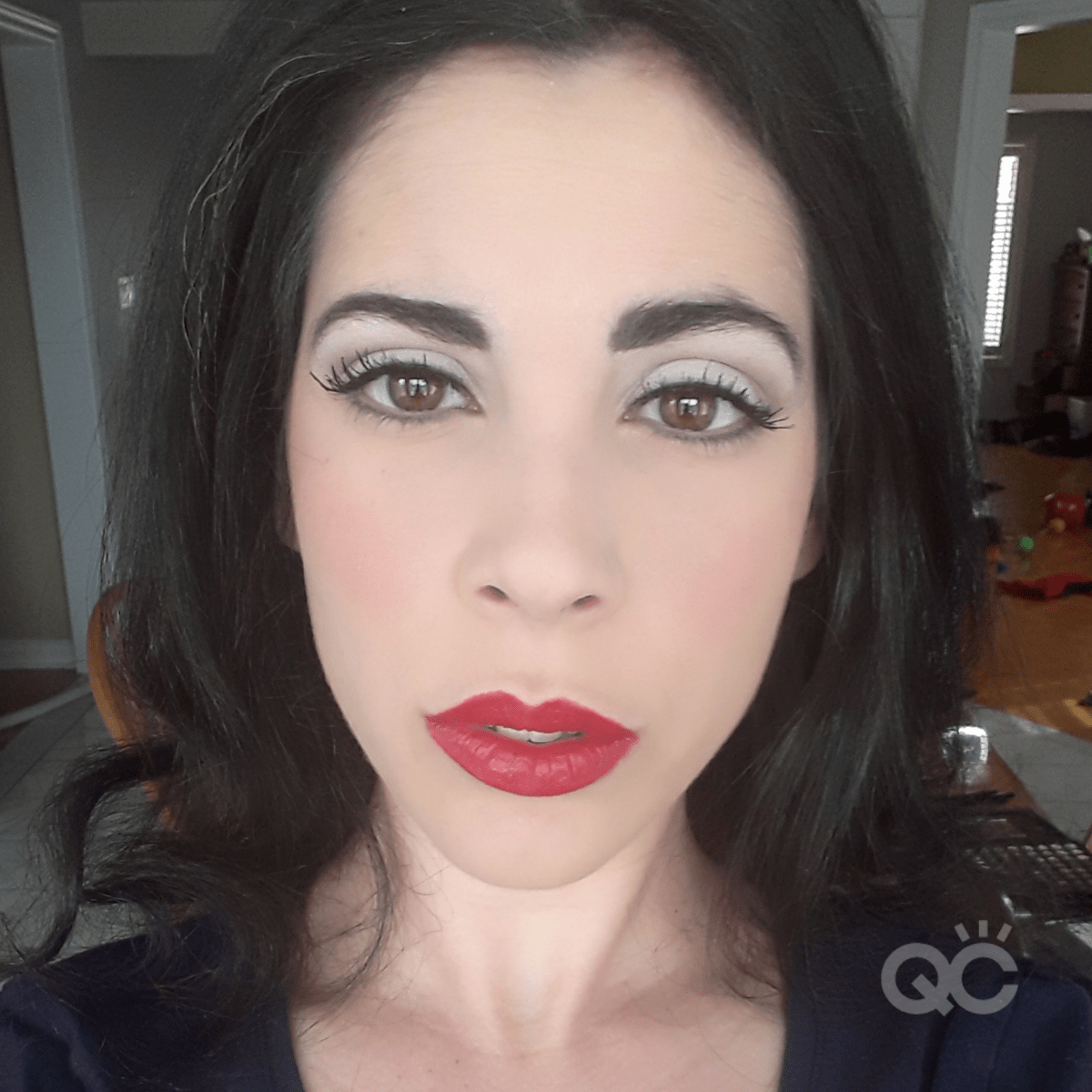
What made you want to enroll in online makeup school, and why did you ultimately choose QC to earn your makeup artist certification?
Being a mom is the most important thing in my life. I wanted to be able to be with my sons for however long they need me, while still being able to grow professionally (for when they no longer need me). My only way of doing this was to get my education online.
QC Makeup Academy popped up on my Facebook and Instagram pages, so I looked into it. I loved what I saw! I checked reviews, and looked up both past and present students. The reviews were amazing. When I saw the pictures of their students’ work, I couldn’t believe how amazing it all was.
I loved the fact that I would be learning online. I had 2 years to complete my course, and was able to work at my own pace – whenever and however it fit for me. As a mom, there was nothing more I could ask for!
What advice would you give aspiring makeup artists who are considering online school to earn their makeup artist certification?
Sign up with QC!!! Once you’ve done that, know that it’s normal to feel nervous, even overwhelmed, when you first start. We all have those doubts and worries whenever we start anything new.
Just take a deep breath and enjoy every moment of this time! It really is such an amazing experience, especially with QC Makeup Academy. This is more than just an online makeup school; it’s a community, and a family.
Absorb as much information as you can, ask the for help, accept the help, and just live in the moment. Let yourself enjoy the ride!
